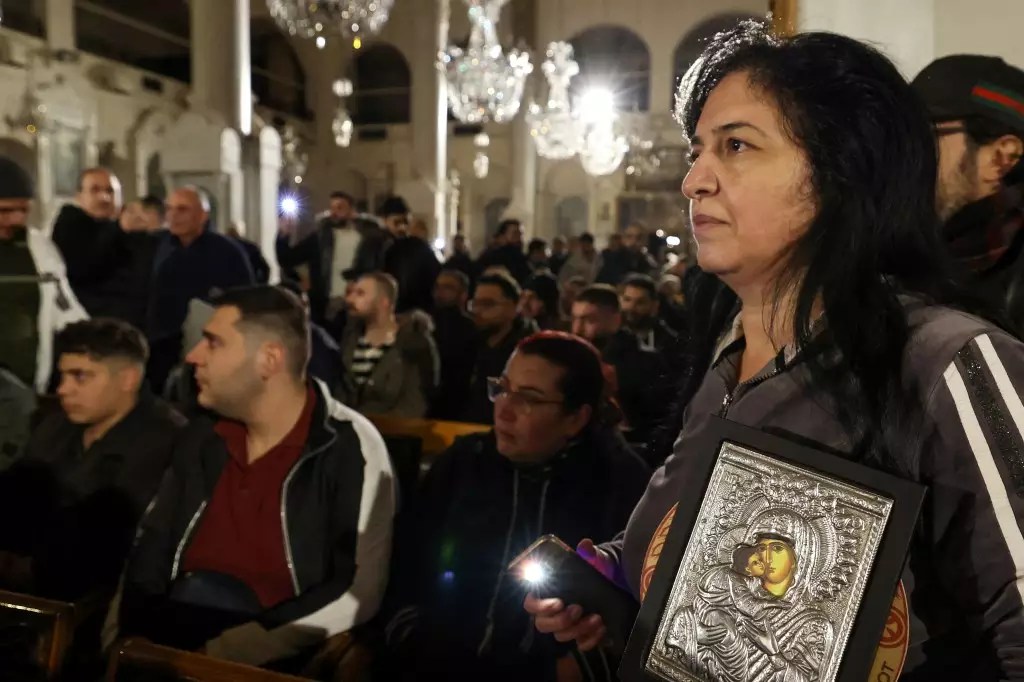As Syria wrapped up a challenging year, unrest erupted when images of a Christmas tree burning in a Christian-majority city near the capital sparked widespread protests. The incident, occurring in Hama roughly 200 kilometers from Damascus, resonated deeply within the Syrian community, unleashing a torrent of frustrations from various religious groups. These protests highlighted not just an immediate setback for the fragile peace purportedly sought by the recently empowered Islamist factions, but also underscored the ongoing precariousness of religious minority rights in a multi-religious nation.
The burning of the Christmas tree has been perceived as a violation of the dignity and rights of Syria’s religious minorities, which primarily consist of around 300,000 Christians—approximately 2.5% to 3% of the population. Thousands of demonstrators took to the streets, particularly in Damascus, demanding urgent measures to safeguard minority communities against further acts of hostility. This outpouring of concern reveals a deeper narrative: the underlying tensions between various religious factions in a society that is still grappling with the aftermath of years of brutal conflict.
Hayat Tahrir al-Sham (HTS), the group that recently ousted long-standing President Bashar al-Assad, attempted to quell fears over the burning by stating that the perpetrators were foreign fighters who had already been apprehended. The HTS also promised to repair the Christmas tree promptly, aiming to restore calm and demonstrate its commitment to maintaining order among the diverse religious groups in Syria. This response is reflective of a regime desperately trying to stabilize itself in the wake of significant political upheaval, but the efficacy of such measures remains to be seen.
The Global Context and Continued Designation of HTS
The ramifications of this incident extend well beyond Syria’s borders. Notably, HTS, despite being responsible for the regime change, remains classified as a terrorist organization by the U.S., EU, and UK. The recent decision by the U.S. to lift a $10 million bounty on the group’s leader Ahmed al-Sharaa signals a complex international relationship that is constantly evolving. This dichotomy—HTS as both a stabilizing force and a designated terrorist organization—further complicates the path to a peaceable future for Syria.
In essence, the burning of the Christmas tree is emblematic of Syria’s broader struggle: the quest for coexistence amidst a backdrop of historical grievances and fresh power dynamics. As various factions vie for control and legitimacy within the fractured nation, the rights and security of religious minorities remain precarious. The protests represent a clarion call for unity and protection in a society that has known too much division and strife. Moving forward, its leader must tread carefully; failure to heed the voices of its diverse population may only result in further turmoil for a nation that still bears the scars of conflict.


Leave a Reply